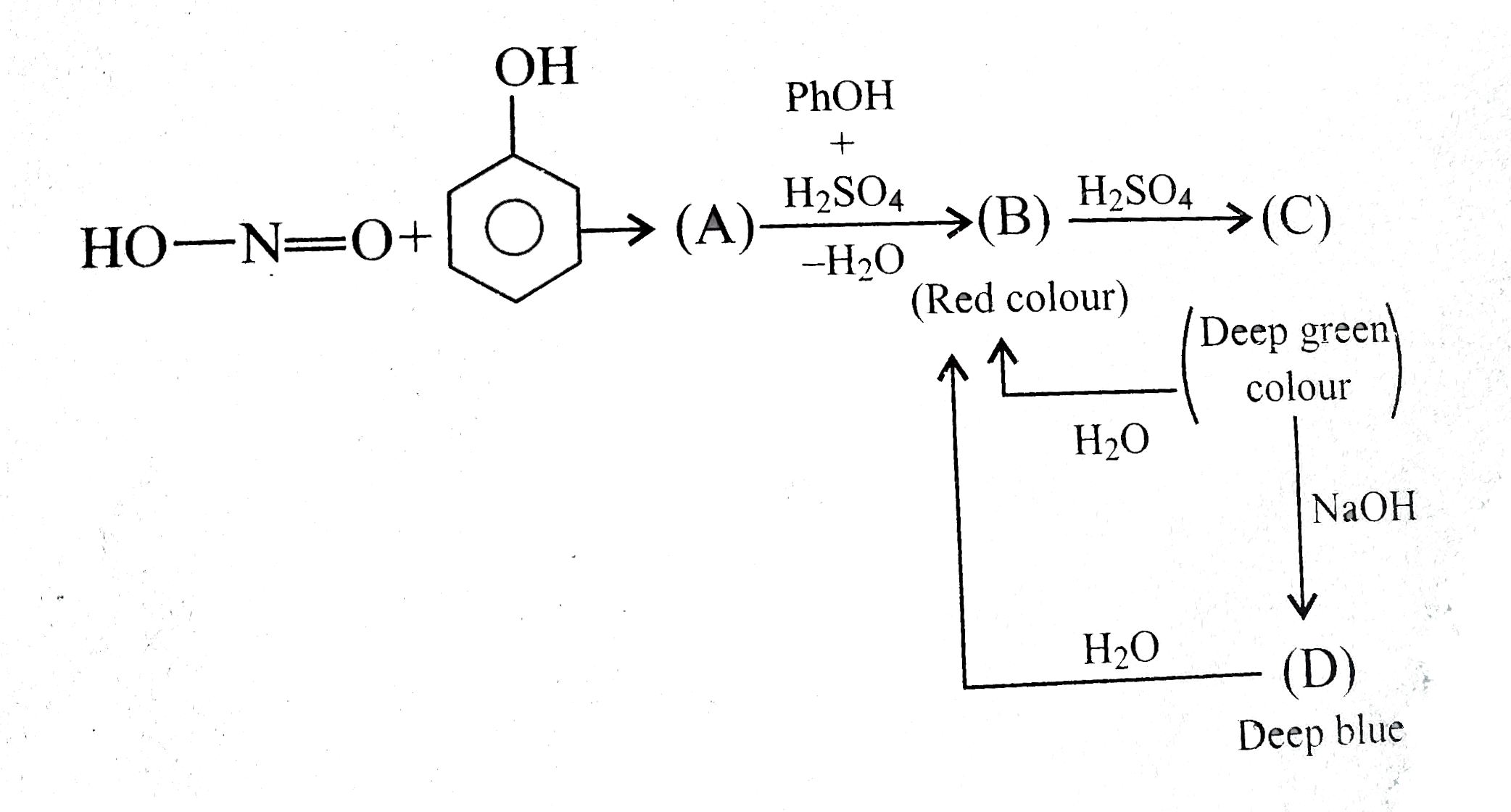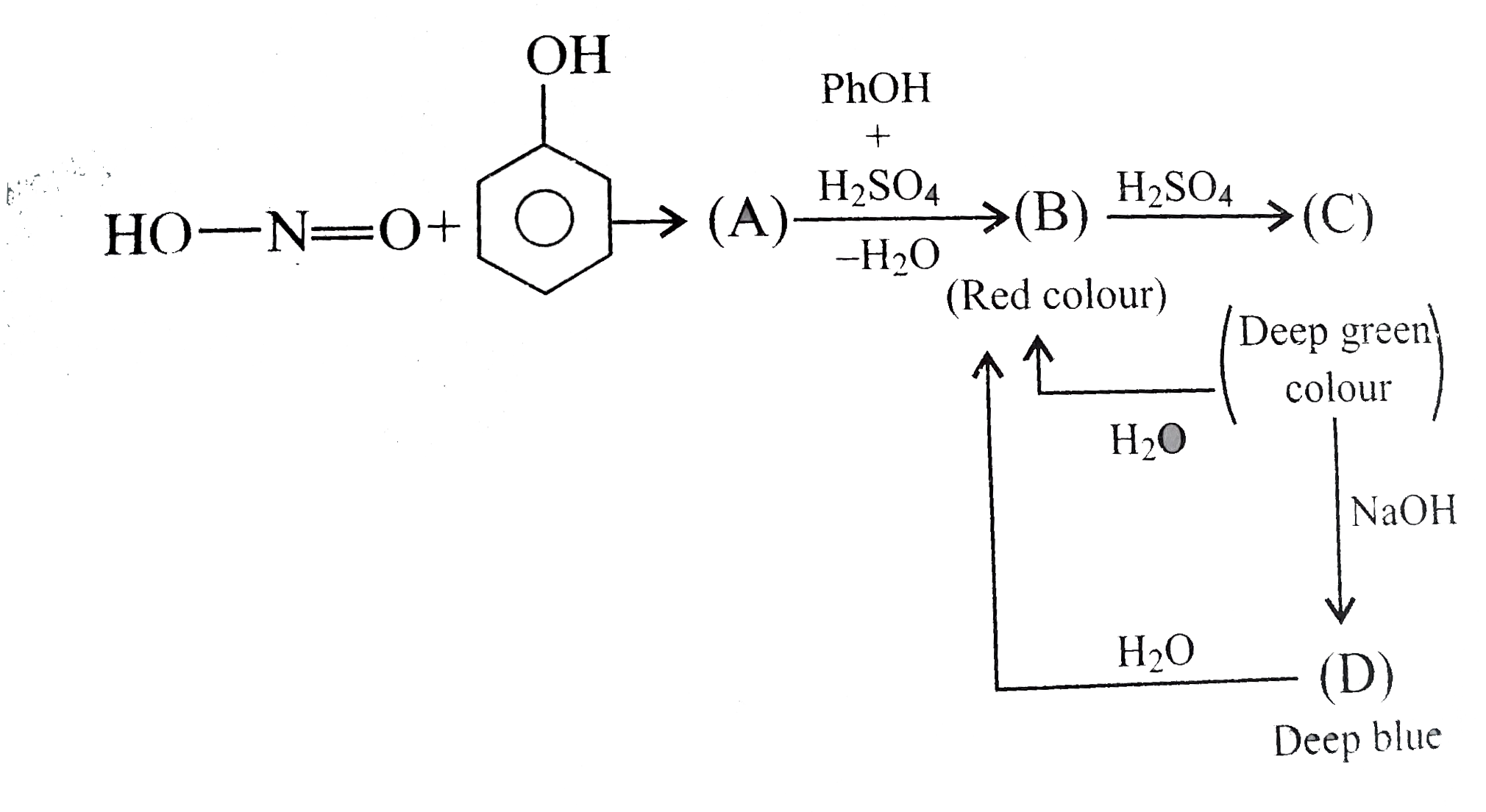The colour of the borax bead is due to the formation of a/an
Glass like metal metaborate bead
Hard boric oxide crystal
Opaque metal hexaborate bead
Glass-like metal orthoborate bead
The correct Answer is:A
To solve the question regarding the color of the borax bead, we can follow these steps:
1. Understanding Borax Bead Formation:
- When borax (sodium tetraborate) is heated, it loses water molecules. This process is known as dehydration.
2. Transformation into a Glass-like State:
- Upon further heating, the borax melts and forms a transparent liquid. When cooled, this liquid solidifies into a glass-like structure.
3. Role of Transition Metals:
- The color of the borax bead is influenced by the presence of transition metals. These metals can impart various colors to the bead due to their electronic transitions.
4. Color Characteristics:
- Transition metals have unique color characteristics based on their oxidation states and the ligands surrounding them. The color observed in the borax bead is due to the formation of colored complexes with these transition metals.
5. Conclusion:
- Therefore, the color of the borax bead is due to the formation of a colored complex involving transition metals, which can be referred to as a "metallate" or "metal complex."
Final Answer:
The color of the borax bead is due to the formation of a metallate (or metal complex) involving transition metals.
---
- When borax (sodium tetraborate) is heated, it loses water molecules. This process is known as dehydration.
- Upon further heating, the borax melts and forms a transparent liquid. When cooled, this liquid solidifies into a glass-like structure.
- The color of the borax bead is influenced by the presence of transition metals. These metals can impart various colors to the bead due to their electronic transitions.
- Transition metals have unique color characteristics based on their oxidation states and the ligands surrounding them. The color observed in the borax bead is due to the formation of colored complexes with these transition metals.
- Therefore, the color of the borax bead is due to the formation of a colored complex involving transition metals, which can be referred to as a "metallate" or "metal complex."
The color of the borax bead is due to the formation of a metallate (or metal complex) involving transition metals.
Topper's Solved these Questions
- ANALYTICAL CHEMISTRYBOOK - ERRORLESS CHAPTER - ANALYTICAL CHEMISTRYEXERCISE - Ordinary Thinking Objective Questions (Wet Test for Acid Radical)
26 Videos
- ANALYTICAL CHEMISTRYBOOK - ERRORLESS CHAPTER - ANALYTICAL CHEMISTRYEXERCISE - Ordinary Thinking Objective Questions (Wet Test for Basic Radical)
71 Videos
- ANALYTICAL CHEMISTRYBOOK - ERRORLESS CHAPTER - ANALYTICAL CHEMISTRYEXERCISE - JEE Section (Only One Choice Answer)
36 Videos
- ALDEHYDES AND KETONES BOOK - ERRORLESS CHAPTER - ALDEHYDES AND KETONES EXERCISE - JEE Section (JEE (Advanced) 2018) Numeric answer type question
1 Videos
- BIOMOLECULES AND POLYMERBOOK - ERRORLESS CHAPTER - BIOMOLECULES AND POLYMEREXERCISE - Jee section (Jee (Advanced 2018)) (More than one choice correct answer)
1 Videos
Similar Questions
Knowledge Check
The borax bead is due to formation of
Ametal meta boratesBmetal tetra boratesCboron trioxideDmetal oxidesIn the Borax bead test of Co2+, the blue colour of bead is due to the formation of :
AB2O3BCo3B2CCo(BO2)2DCoOIn the borax test of Co2+ , the blue colour of bead is due to the formation of
AB2O3BCo3B2CCo(BO2)2DCoO

The deep blue colour of compound (D) is due to the formation of:
View SolutionColour of the bead in borax bead testis mainly due to the formation of
View SolutionThe _________colour is obtained on silver is due to the formation of silver sulphide.
View SolutionIn Lassaigne's test for nitrogen the blue colour is due to the formation of
View SolutionIn Lassaigne's test for nitrogen the blue colour is due to the formation of
View Solution

